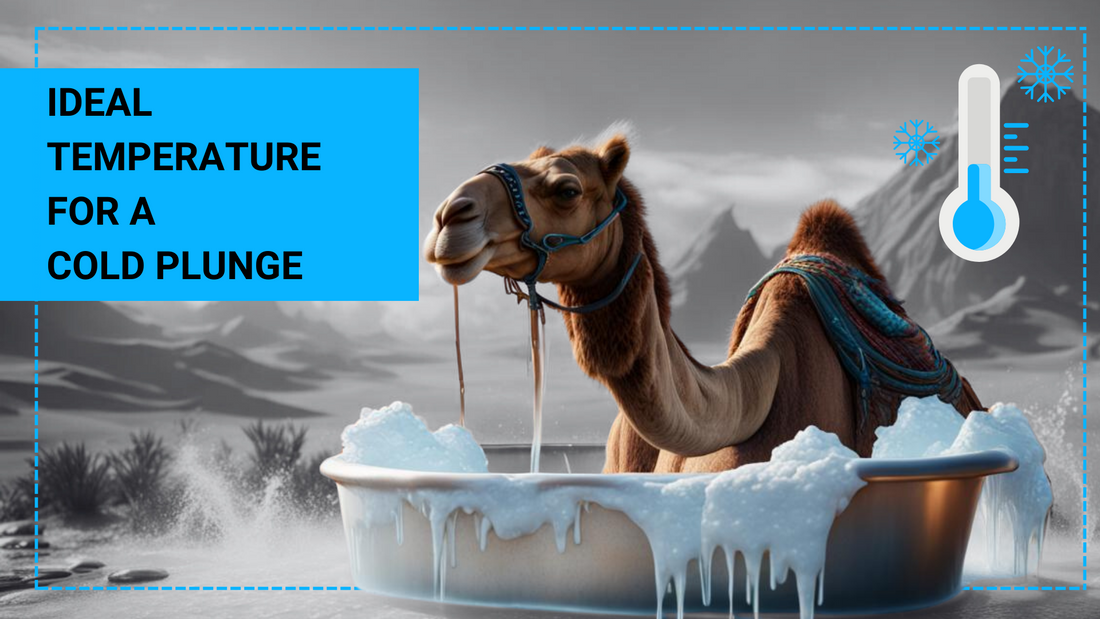The ideal temperature for a cold plunge can vary depending on individual preferences, tolerance, and the specific purpose of the plunge. However, a commonly recommended range for a cold plunge is between 50°F (10°C) to 59°F (15°C). This temperature range is often considered effective for achieving the desired benefits of cold plunging while minimizing the risk of cold-related issues.
Here's a breakdown of how different water temperature ranges can be used for a cold plunge:
- 𝟱𝟬°𝗙 𝘁𝗼 𝟱𝟵°𝗙 (𝟭𝟬°𝗖 𝘁𝗼 𝟭𝟱°𝗖): This is the typical range used for a cold plunge. It provides a strong cold stimulus, triggering physiological responses such as vasoconstriction (narrowing of blood vessels), reduced inflammation, and improved circulation. A cold plunge in this temperature range is often used for its invigorating and energizing effects.
- 𝟲𝟬°𝗙 𝘁𝗼 𝟳𝟬°𝗙 (𝟭𝟱°𝗖 𝘁𝗼 𝟮𝟭°𝗖): If you are new to cold plunging or find the lower temperature range too intense, you may start with water temperatures in this range. While not as cold as the lower range, it can still offer benefits like reduced muscle soreness and improved circulation.
- 𝗖𝗼𝗹𝗱𝗲𝗿 𝗧𝗲𝗺𝗽𝗲𝗿𝗮𝘁𝘂𝗿𝗲𝘀: Some individuals, particularly those experienced with cold exposure or athletes seeking maximum cold exposure benefits, may experiment with colder water temperatures below 50°F (10°C). However, immersion in very cold water can be extremely challenging and should be approached cautiously. Prolonged exposure to very cold water can increase the risk of hypothermia, so it's essential to monitor your body's response carefully.
When determining the ideal temperature for a cold plunge, consider your current cold tolerance, your specific goals (e.g., recovery, energy boost), and the duration of the plunge. Always prioritize safety, start with milder temperatures if you're new to cold plunging, and gradually progress to colder water as you become more accustomed to the cold.

